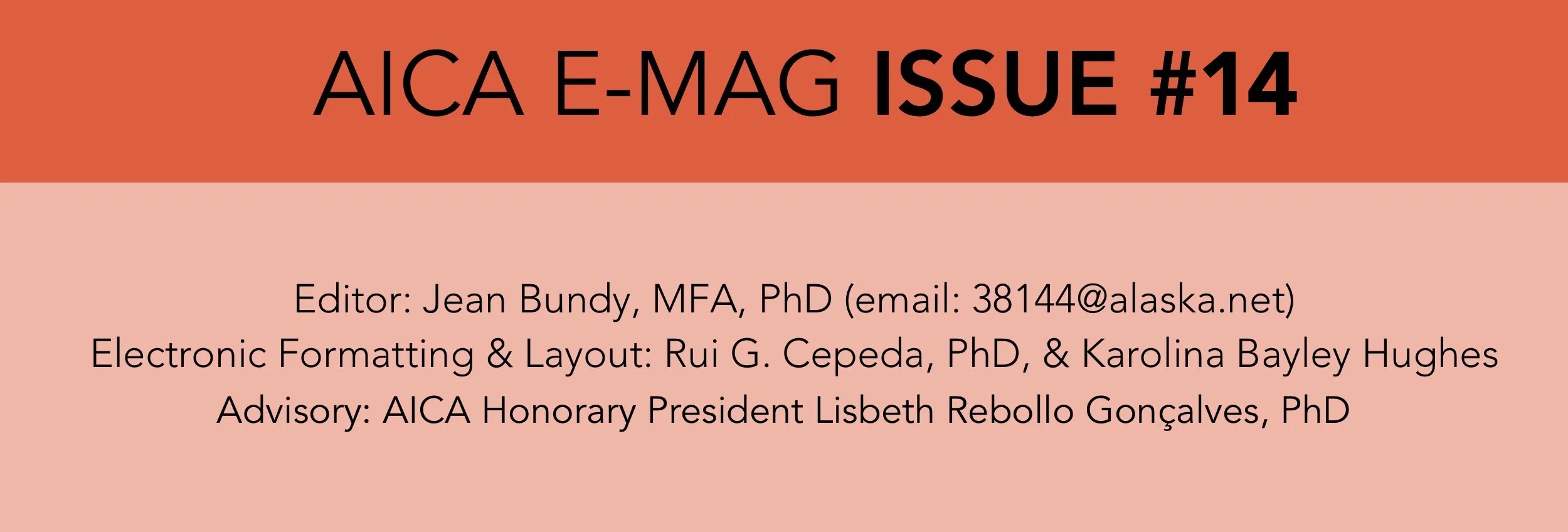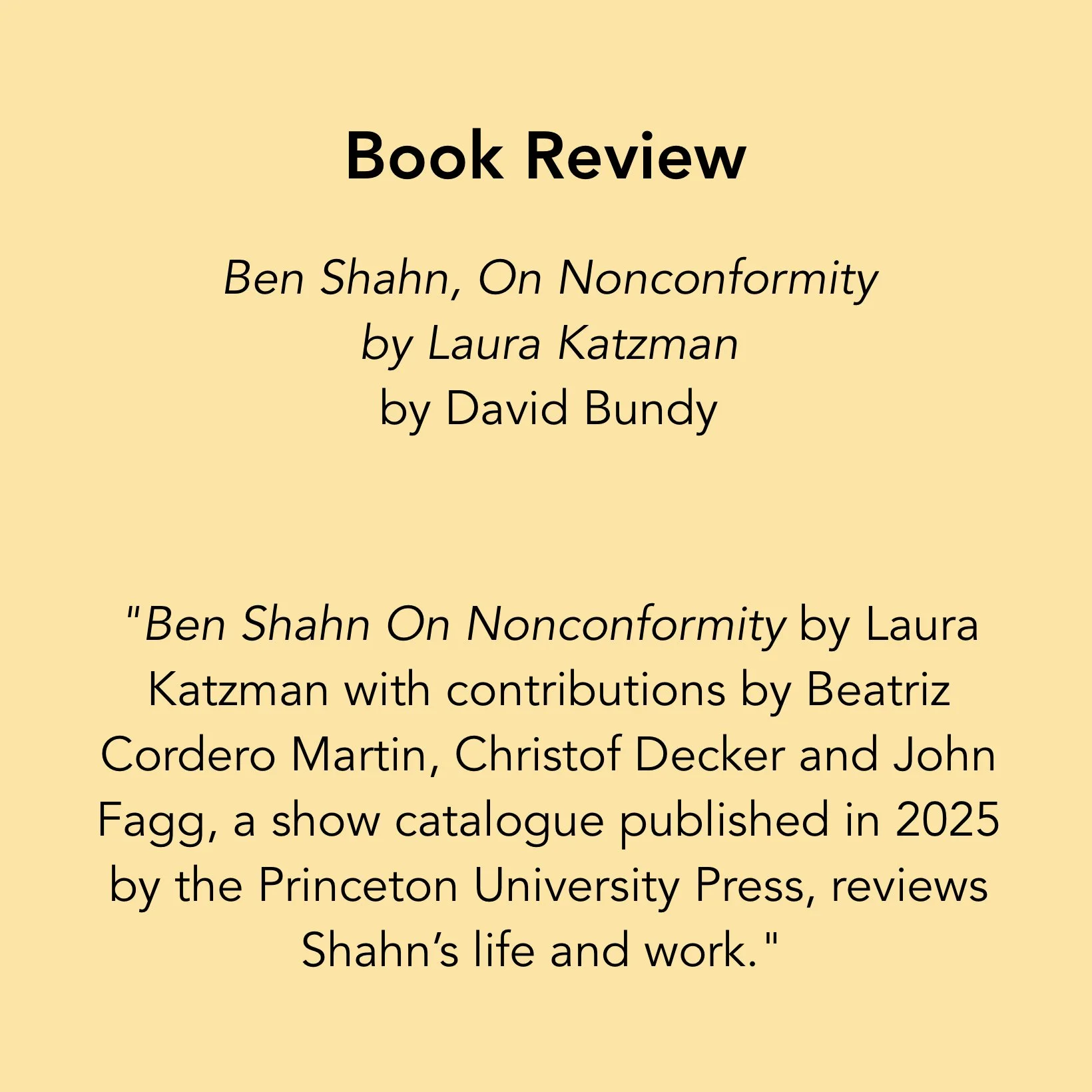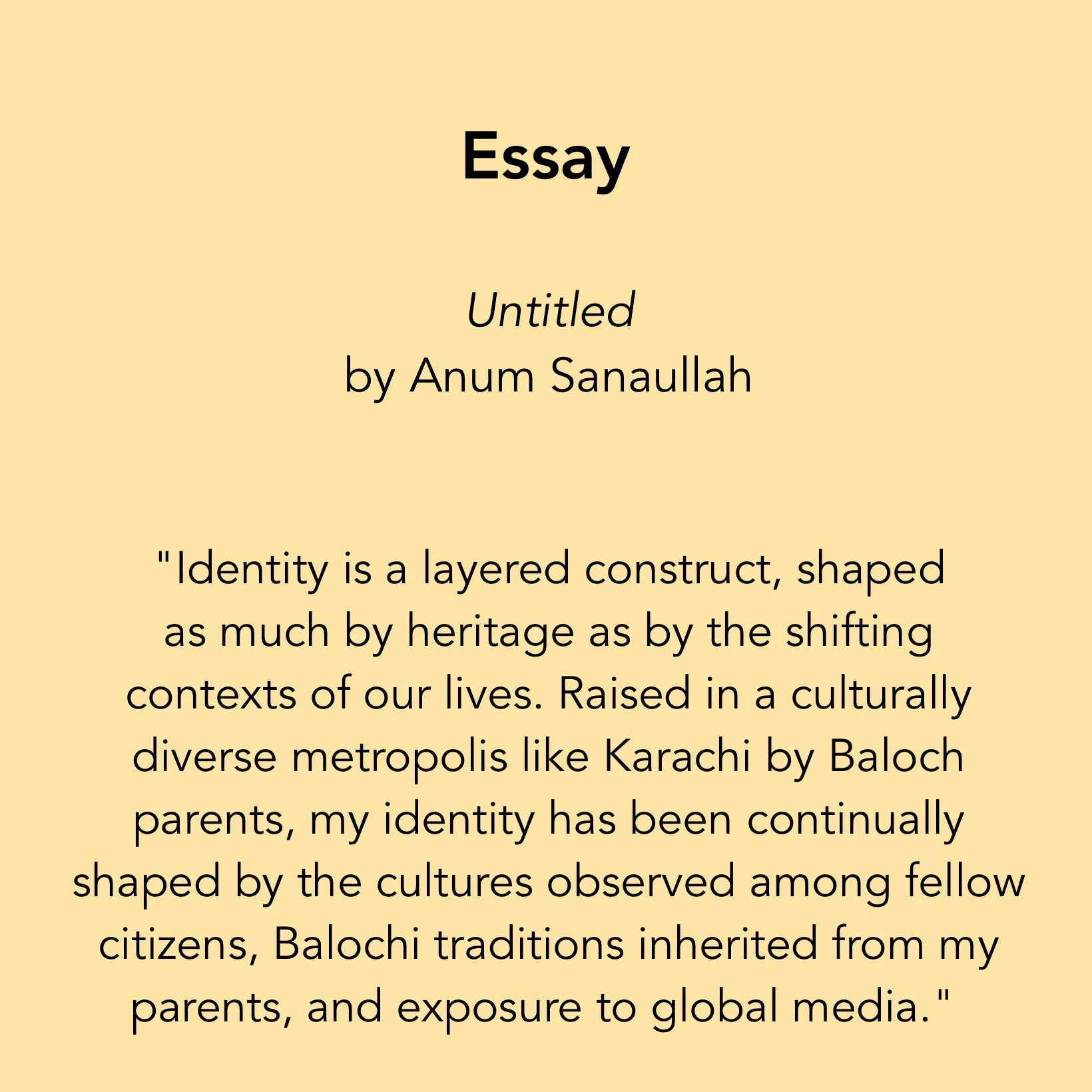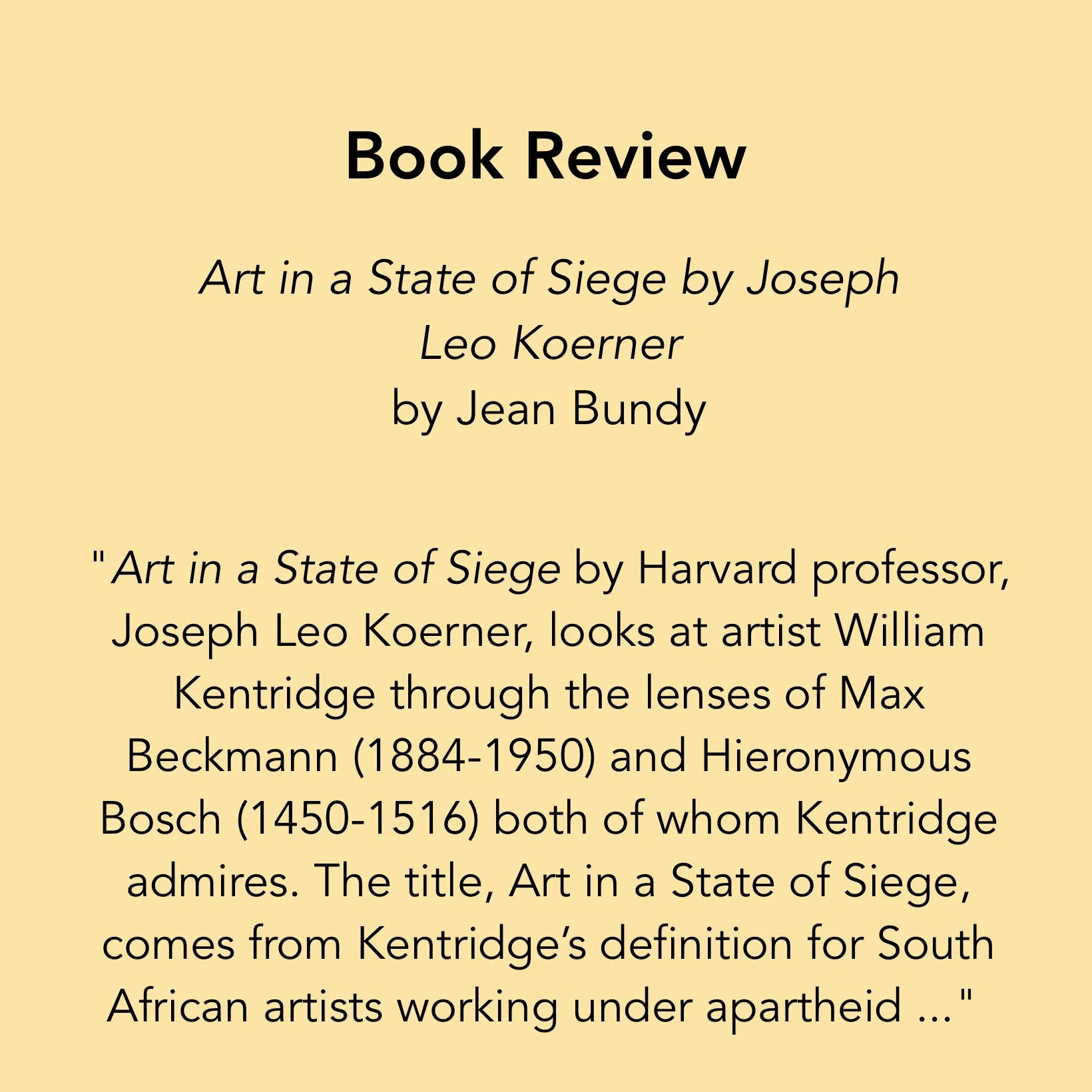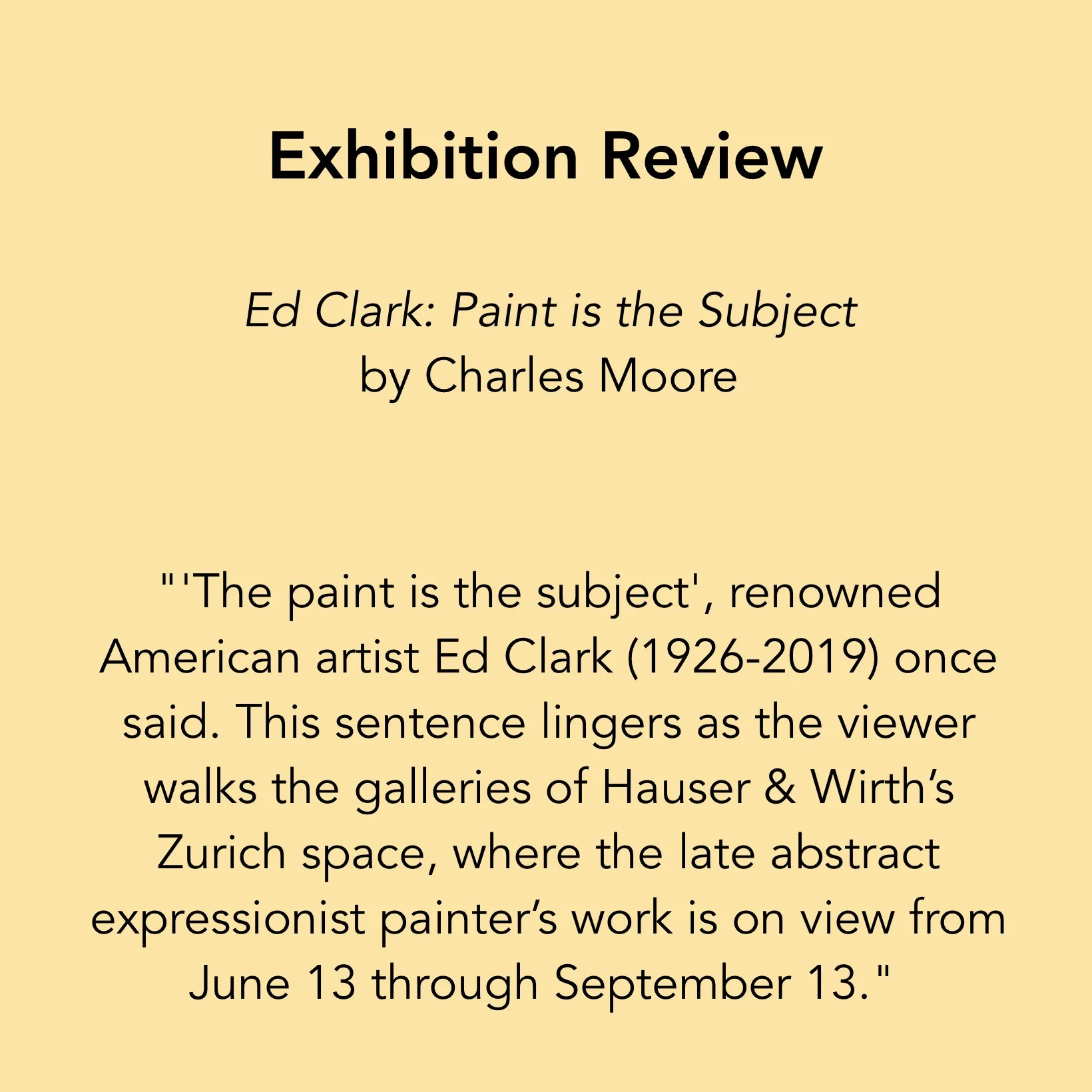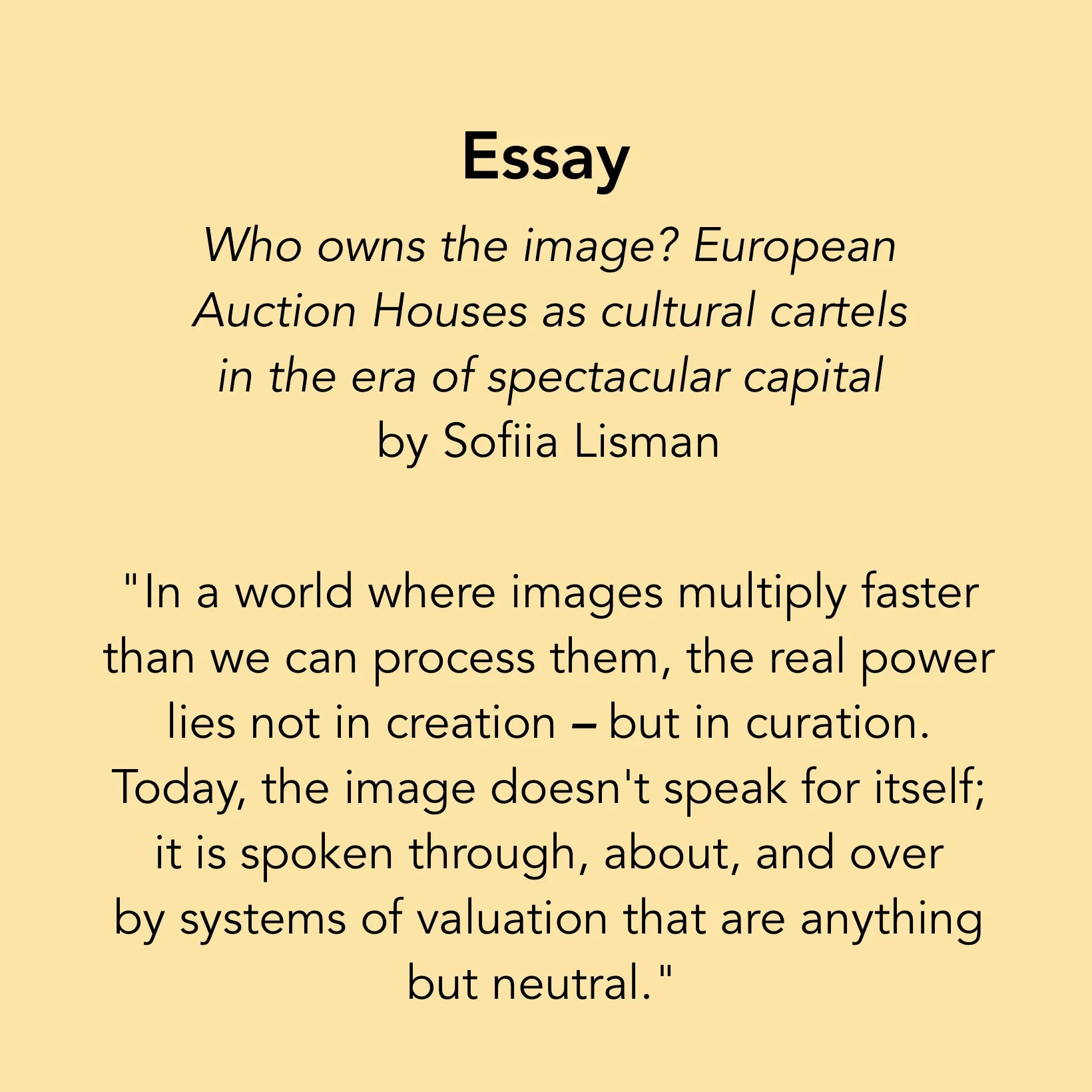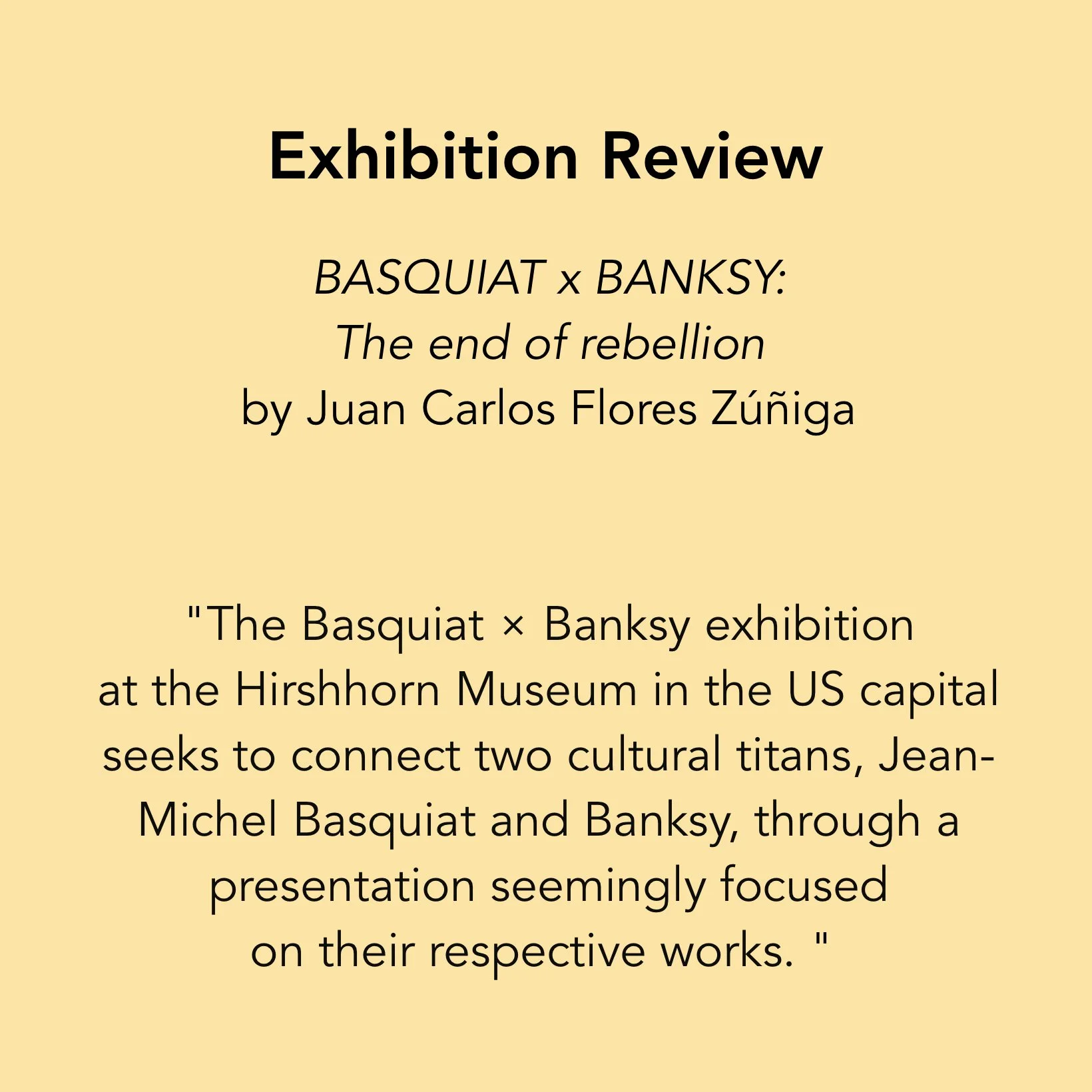David Bundy’s book review Ben Shahn on Nonconformity by Laura Katzman (Princeton, 2025) analyzes “Shahn’s artistic life [which] documented the social developments and causes of the post-World War I first “Red Scare” era, followed by the Great Depression, World War II and the following period of retrenchment and McCarthyism, through the Sixties and the Civil Rights movement.” Jean Bundy’s book review Art in a State of Siege by Joseph Leo Koerner (Princeton, 2025) looks at artist William Kentridge, specifically the art he created under apartheid, through the lenses of Max Beckmann and Hieronymous Bosch, both of whom Kentridge admires. Sofiia Lisman’s essay Who owns the image? European Auction Houses as cultural cartels in the era of spectacular capital insists “The contemporary art auction is no longer just a market. It is a mechanism of visual canonization, where power is laundered through aesthetics and capital masquerades as taste.” Anum Sanaullah’s essay Untitled explains “identity [as] a layered construct, shaped as much by heritage as by the shifting contexts of our lives. Raised in a culturally diverse metropolis like Karachi by Baloch parents, [Sanaullah’s] identity has been continually shaped by the cultures observed… traditions inherited from [her] parents, and exposure to global media.” Charles Moore’s exhibition review Ed Clark: Paint is the Subject interprets the “nearly five decades of the artist’s chromatic investigations, tracing Clark’s evolution from his gestural abstractions of the 1950s to the massive, shaped canvases that defined his later work….Clark’s approach to color is malleable, reminiscent of Johann Wolfgang von Goethe’s Theory of Colours.” Juan Carlos Flores Zúñiga’s exhibition review BASQUIAT x BANKSY: The end of rebellion concludes “While the curatorial premise promises an enriching dialogue between street art, contemporary art, and popular culture, the exhibition's actual execution is surprisingly poor [as the] sociocultural and political message is not examined.”

